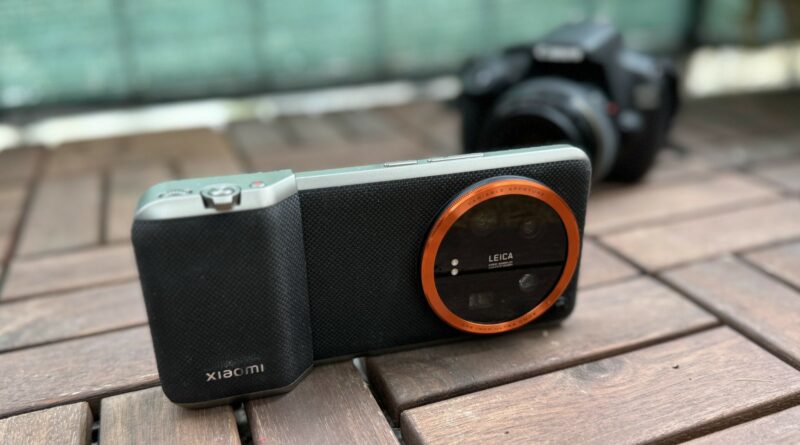Xiaomi 14 Ultra review: Does its pro-level cameras beat the iPhone?
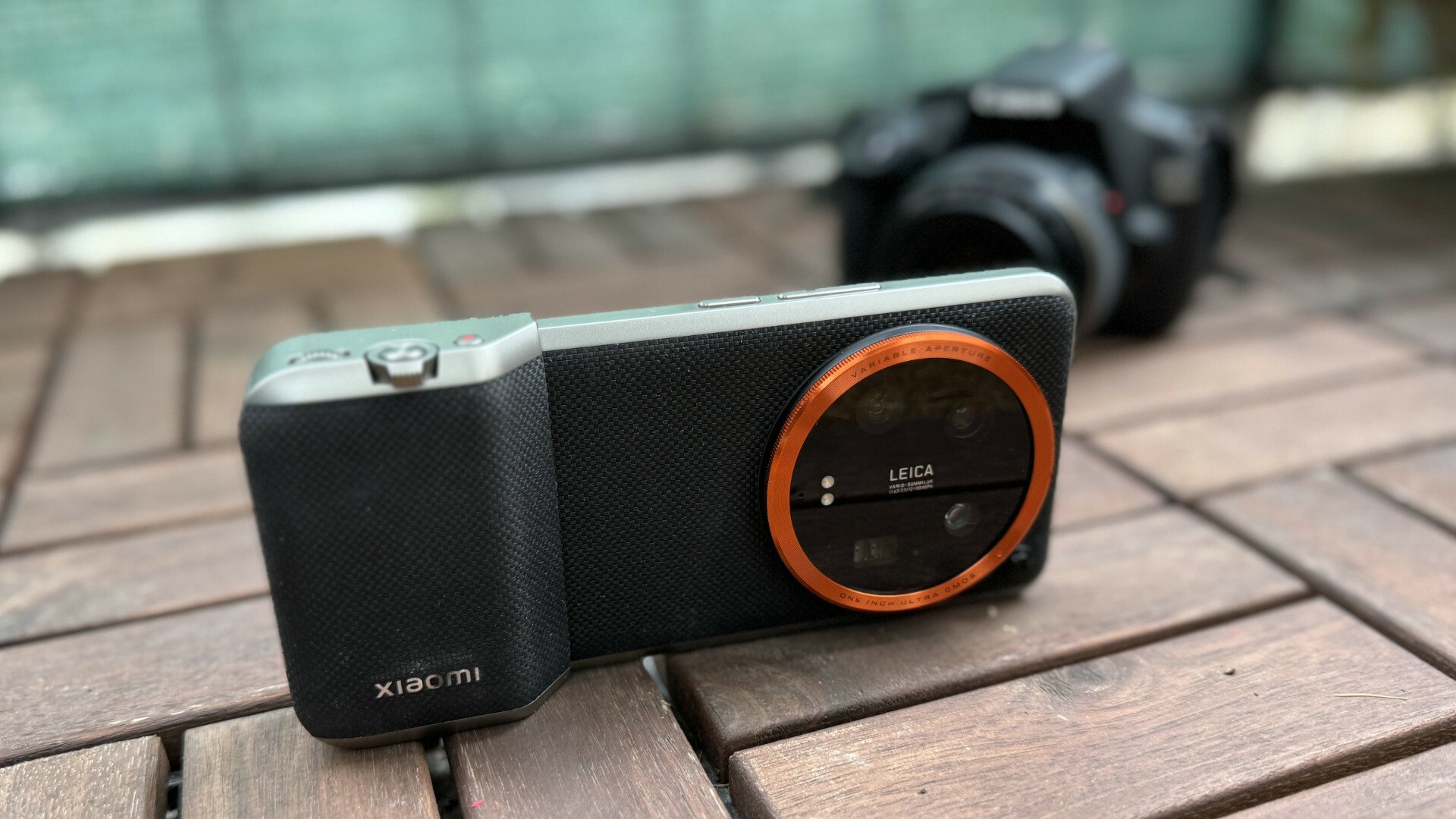
The Xiaomi 14 Ultra, the latest iteration of the company’s top-of-the-line “Ultra” phones, maintains the series’ tradition: be the most powerful camera phone you can buy.
Note that I didn’t write “the best” — I said “most powerful.” While Xiaomi’s top phones often have incredibly versatile camera systems, if you just want to point and shoot, you’ll typically get more polished results from a Pixel, a Samsung Galaxy, or an iPhone.
Xiaomi sent me the Xiaomi 14 Ultra — the most powerful cameraphone it has ever launched — for review. The company also sent me a neat set of accessories that make this phone even more similar to a standalone camera. It’s an impressive kit, but like previous Xiaomi Ultras, although it’s mighty and versatile, it can also be a bit too much.
Xiaomi 14 Ultra price and specs
Globally, Xiaomi is selling one configuration of the Xiaomi 14 Ultra. It costs €1,500 for the E.U. and £1,299 for U.K. — and comes with the following specs:
Qualcomm Snapdragon 8 Gen 3 chip
Qualcomm Adreno GPU
16GB of RAM
512GB of storage
6.73-inch, 120Hz AMOLED display
I’m not even going to pretend that this is not a large sum of money, especially when you can buy a top Apple iPhone or Samsung Galaxy device for less. Xiaomi does bring some interesting features to the table, but I’m afraid the price tag will make it more of a niche device than it should be.
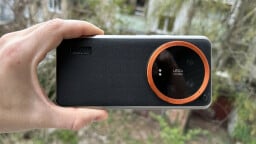
Xiaomi 14 Ultra: What I like about it
With this phone, Xiaomi wants to make absolutely clear that you’re also carrying a powerful camera in your pocket. From the massive rear camera bump to the camera-focused accessories, it’s obvious that this is a camera that can also make phone calls — and I like Xiaomi’s dedication to this idea.
Funky, unique design
It’s not for everyone, but the aesthetics works and I’ve had several people ask me something along the lines of “What kind of monster camera phone is this?”
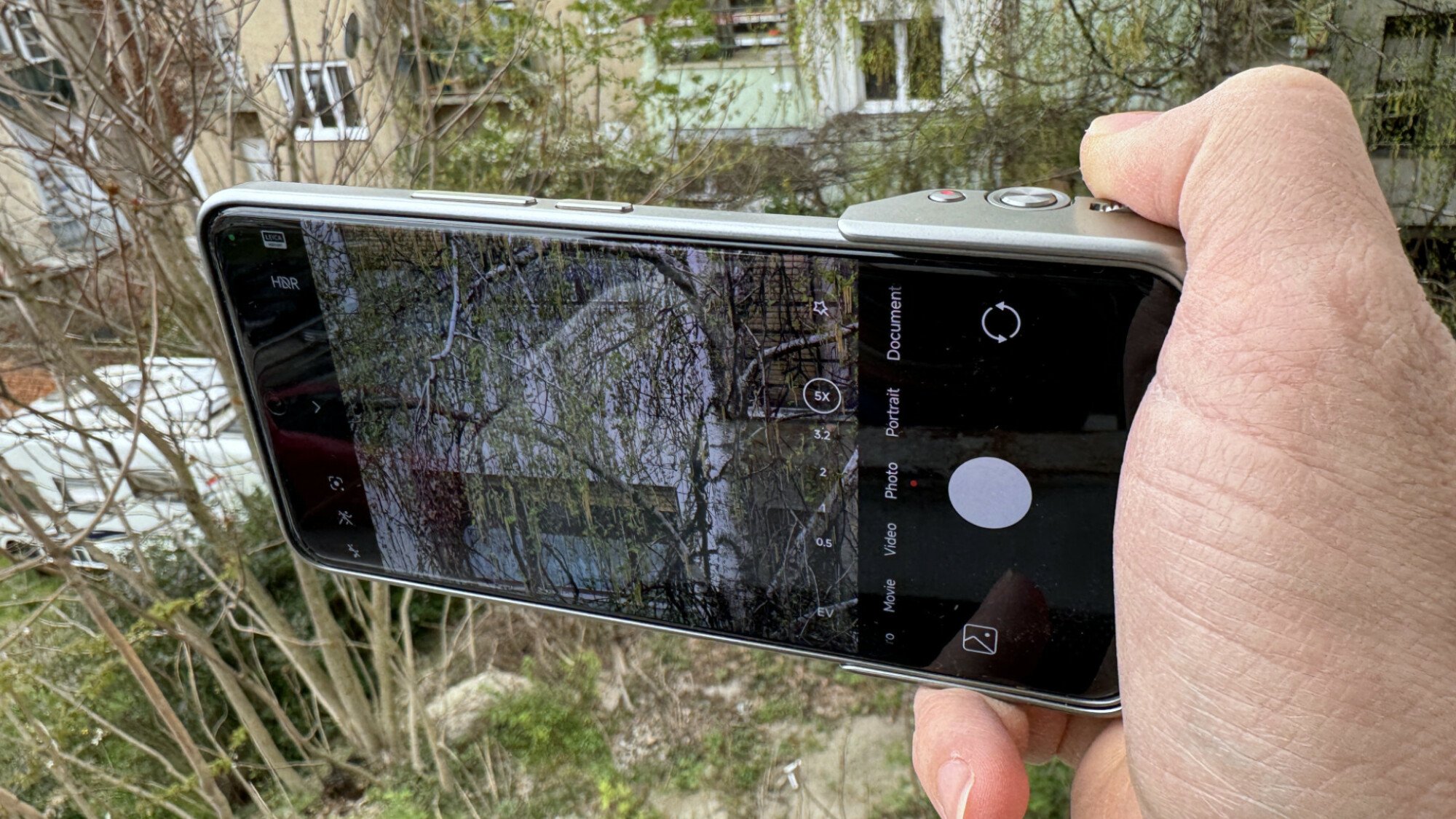
Design-wise, you get faux leather on the back (my unit was black, making the leather part a lot less noticeable), an aluminum frame, and a slightly curved display (with the same curvature on all sides and in corners, something Xiaomi is very proud of).
It really starts to shine once you add the (optional) case, the grip, and decoration rings for the camera bump, but it suffers from some rookie mistakes on Xiaomi’s part. For example, the case is too difficult to get off the phone.
I also like the power and versatility of the camera system (more on that below).
What’s ‘eh’ about Xiaomi 14 Ultra
Xiaomi’s HyperOS isn’t bad; it’s like the “best of both worlds” combo between iOS and Android. Still, I occasionally struggle with finding certain items from the menu.
OS could be better
The icons have change a bit since Xiaomi rebranded the OS from MIUI to HyperOS, but frankly, the overall design of the user interface could still use some more character. I’m also not a fan of Xiaomi’s habit of shipping the phone with pre-installed, third-party apps. If I happen to need Booking.com, I’ll install it myself, thank you.
Despite the large battery, Xiaomi 14 Ultra’s battery life is just OK; check our detailed impressions below.
What I dislike about Xiaomi 14 Ultra
The phone is top-heavy, with the part where the humongous camera bump resides being noticeably heavier than the rest of the phone. I’ve noticed this on previous Xiaomi Ultra devices, and it can get annoying, especially during those long, scrolling sessions on planes and waiting rooms.
A bit unwieldy
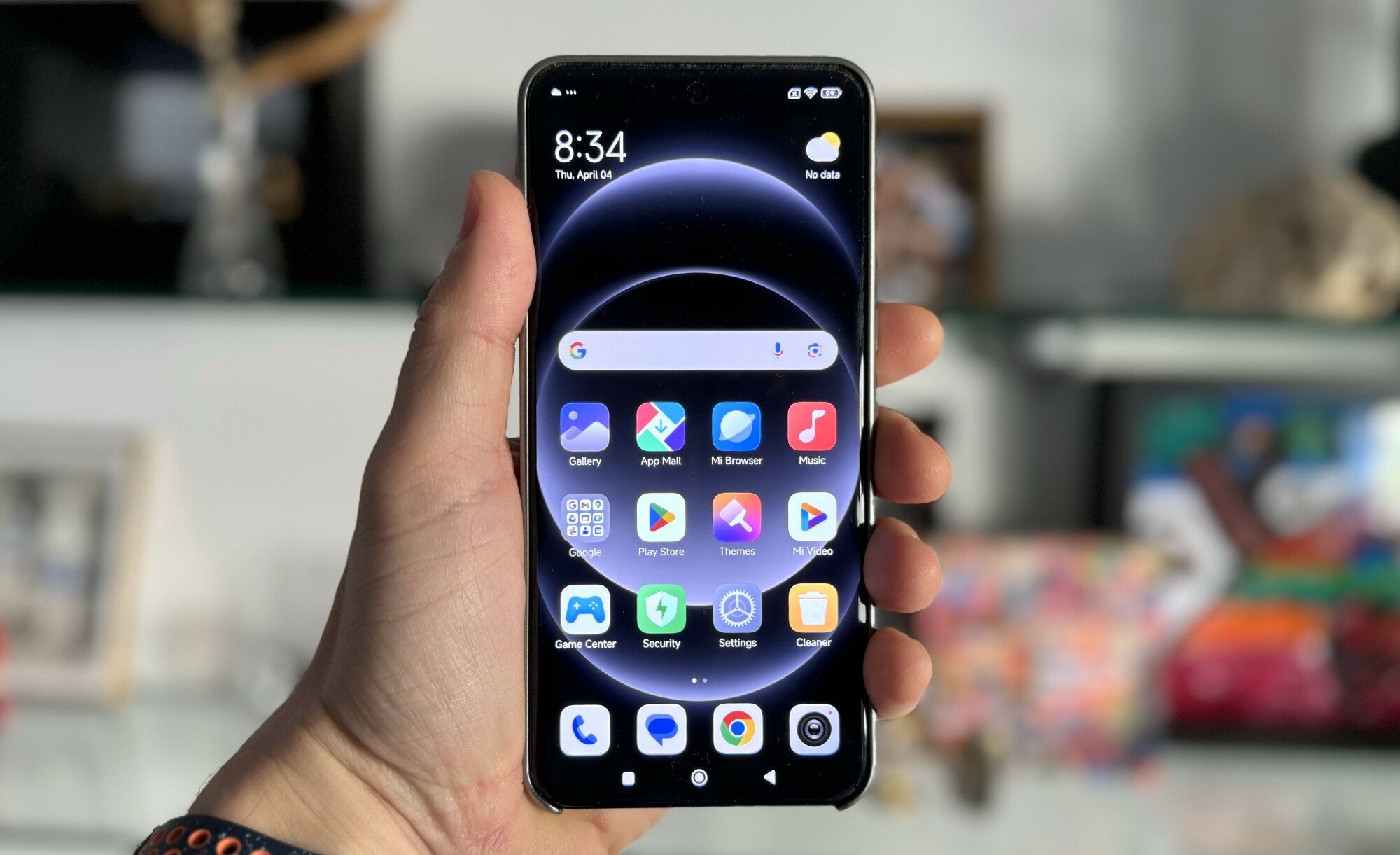
The camera bump protrudes so much that I was constantly concerned about damaging the phone when putting it on its back. When I had the decorative rings installed around the camera bump, I actually did damage it in normal use, as the color started to wear out on the ring’s edges.
I’ve also had a chance to try out the Xiaomi 14 as well, and while its camera system is slightly less powerful, it has none of the drawbacks described above. It has a far smaller camera bump and otherwise very similar specs to the Ultra. Plus it’s a lot cheaper at €999 ($ 1,076), making it a better choice for most users.
That camera!
First, it’s important to note that the Xiaomi 14 Ultra can be had with a set of camera-focused accessories, sold for €200 ($ 217) under the name “Xiaomi 14 Ultra Photography Kit.” It consists of a leather case, a detachable grip with camera control buttons that doubles as an extra 1,500 mAh battery, and two decoration rings to place around the phone’s massive camera bump on the back.
None of it is essential, but it will definitely make you feel more like a “pro” while taking photos with your Xiaomi 14 Ultra.
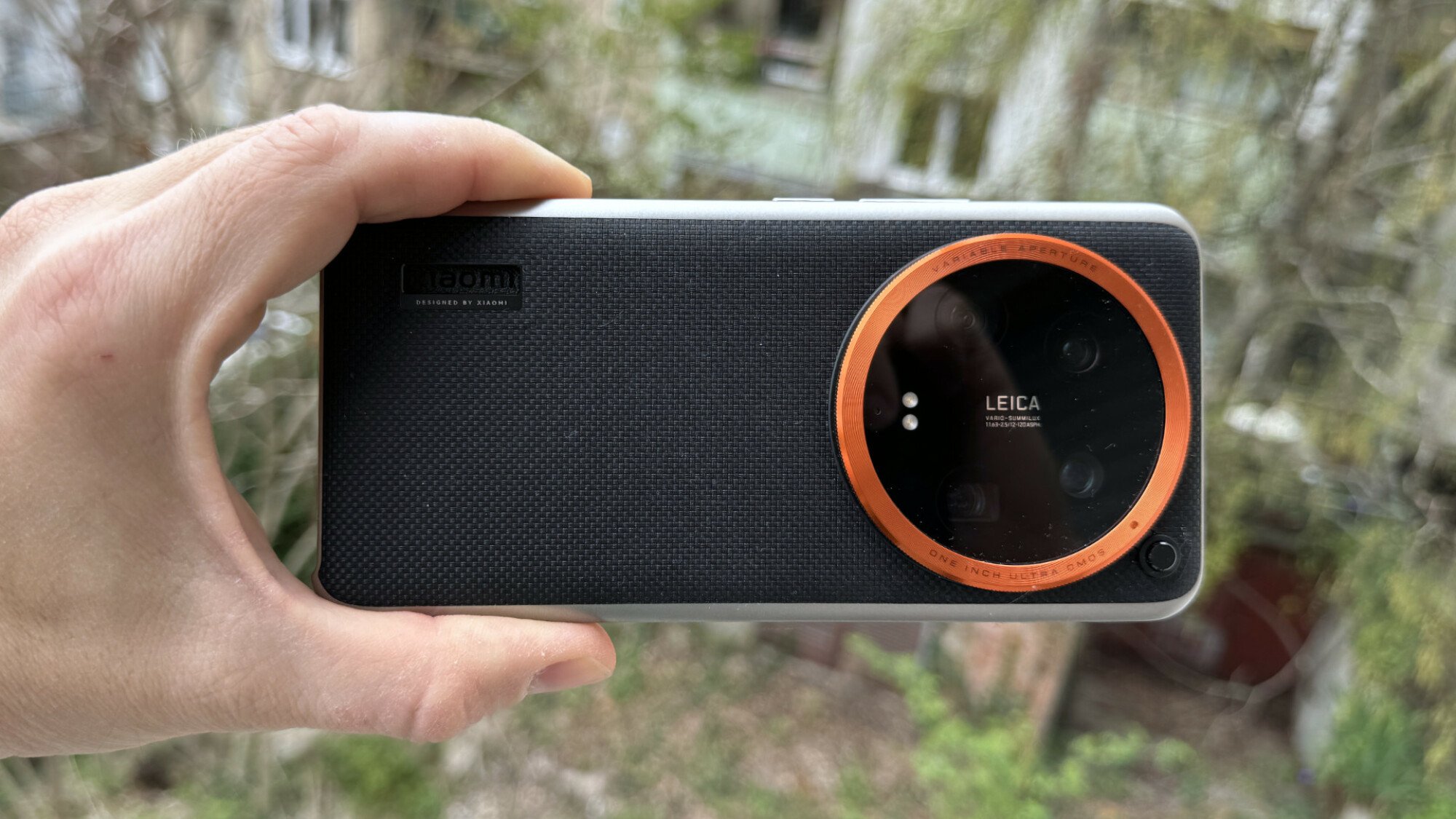
Equipped with all these extras, I set out to snap some pro-looking photos. I’ve discovered very soon, though, that with this phone, it’s not just a matter of pointing and shooting. The very first photo I took (i.e., my son in a messy room against the bright backdrop of the balcony doors) was an oversaturated mess due to the camera’s overzealous HDR.
In some cases, the HDR did a good job of evening out brighter and darker portions of the image, but it was a hit or miss affair.
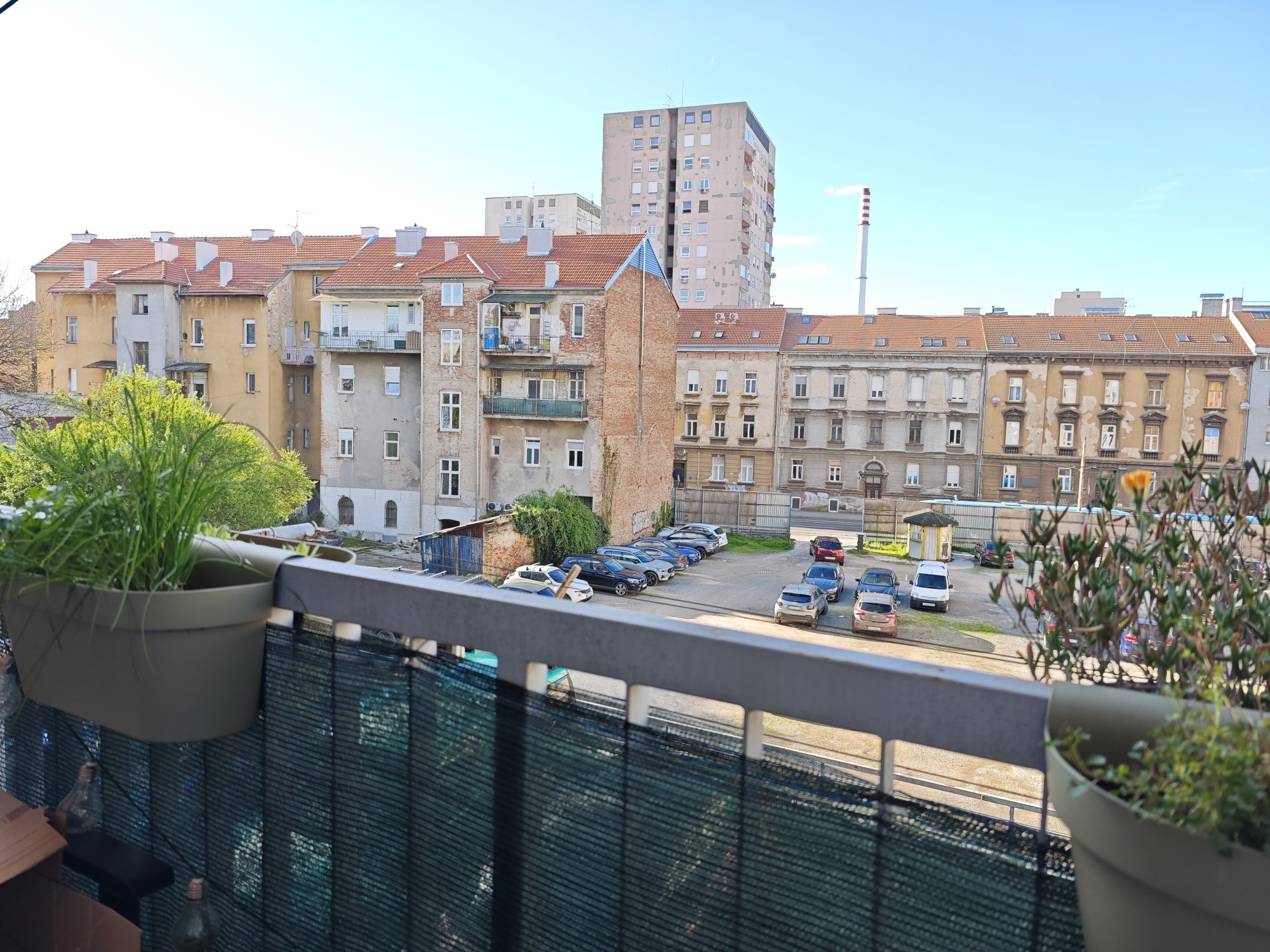
In fact, that was my experience throughout my use of the Xiaomi 14 Ultra. I took some wonderful night photos of some historic buildings in the town of Rab, Croatia, but after examining them later, I found out that more than half were way too blurry for my taste. I’ve compared my results with the iPhone 15 Pro Max, which produced much more even results.

Night photos, in general, were a bit too warm; worryingly, they were sometimes also muddy, with severe loss of detail. Again, I felt like I could achieve a great photo with several takes and some tinkering with the settings, but when I just pointed at something and took a photo at night, I got way better results with the iPhone.

Now, the Xiaomi 14 Ultra’s camera is a technological marvel, with four 50-megapixel sensors and two periscope lenses working together to produce a crisp photo — even at 5x magnification or in near dark scenarios.
The main sensor is a Leica Vario-Summilux, providing a variable aperture, thanks to incredibly thin carbo-coated blades that allow varying degrees of light into the lens. You can get a natural bokeh effect with this camera, which is better than the artificial bokeh (portrait mode) that most smartphone cameras do.

And yes, you can always go to the camera’s Pro mode and fine-tune the exposure, white balance and other settings to get the best photo. Sometimes, you’ll get a better photo than you would on an iPhone.

But just pointing and shooting without thinking won’t be nearly as consistent. So unless you’re already a pro, know that this phone will require some work to produce that perfect photo.

Selfie camera was a similar story. In daylight, I effortlessly took some great-looking selfies. Expecting decent performance at night, I snapped a selfie, only to find it unusably dark. And once again I had the feeling that the Xiaomi could do way better, but its software isn’t fine-tuned well enough to automatically use the best settings in various scenarios.
Xiaomi 14 Ultra battery life
It’s not as great as it looks on paper. Xiaomi 14 Ultra has a massive 5,000 mAh battery, but the phone seems to run through the juice quite fast, sometimes even when idle.
Unfortunately, it wasn’t possible to test the battery with our standard benchmark, in which we run loops of one TikTok video until the phone runs out of battery. That’s because Xiaomi phones don’t let you leave the display on indefinitely — the longest you can go until it goes back to sleep is 10 minutes (what gives, Xiaomi?).
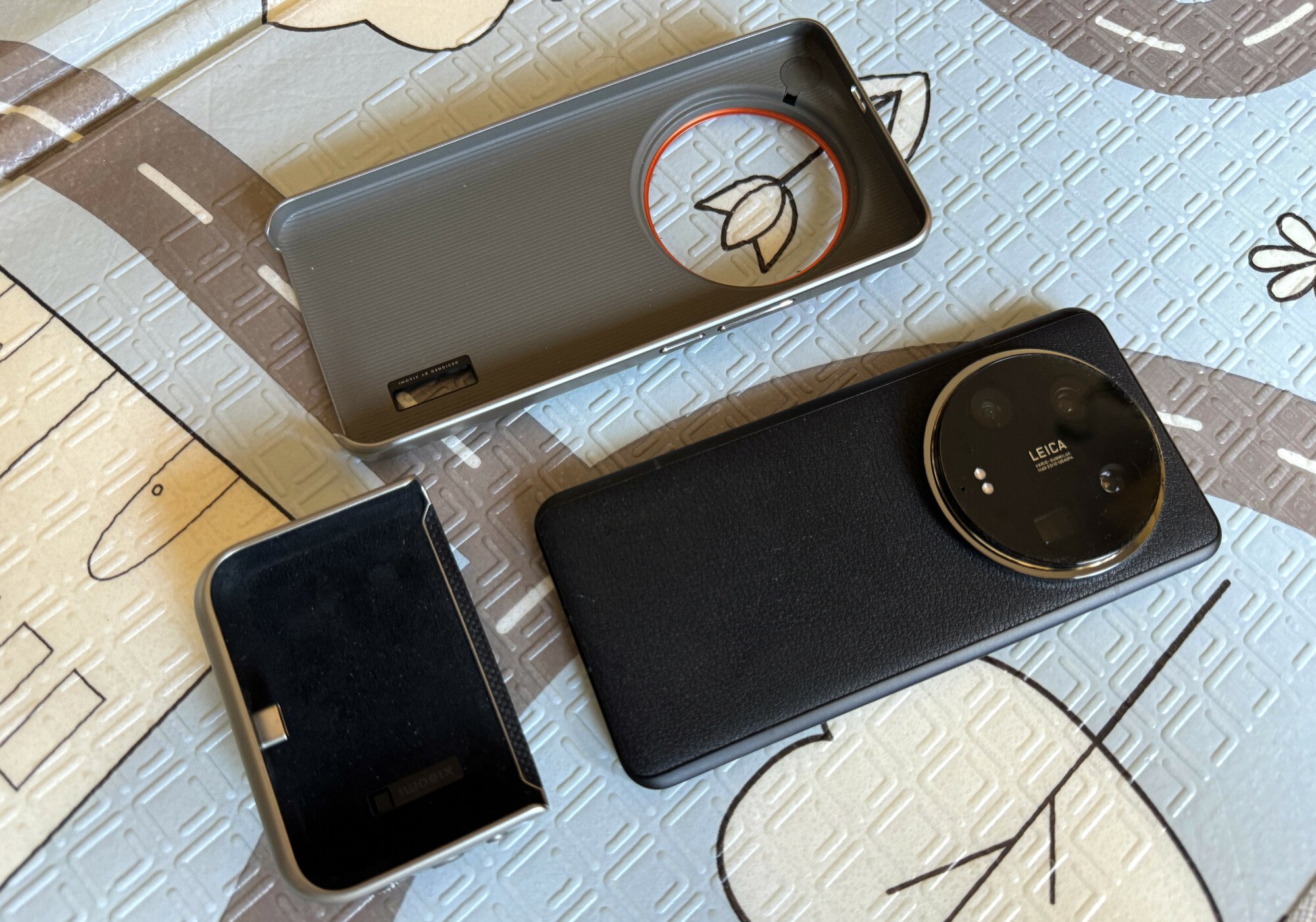
My (imperfect) daily usage impressions are that the phone will last you a day and a half at most. It’s not bad, but you’d expect more from a phone with such a massive battery.
Charging speed, on the other hand, is excellent. You’ll get from zero to 100% in a little over half an hour if you use the included 90W wired charger.
Is Xiaomi 14 Ultra worth it?
The Xiaomi 14 Ultra has a powerful camera and stands out with some neat additional features such as the optional Photography Kit.
Even aside for the camera system, it’s a powerful phone, though we’d like it to have more battery life and better weight distribution. But the price tag makes it very hard to recommend over its chief competitors. Consider it if you really need some of its unique camera features.
